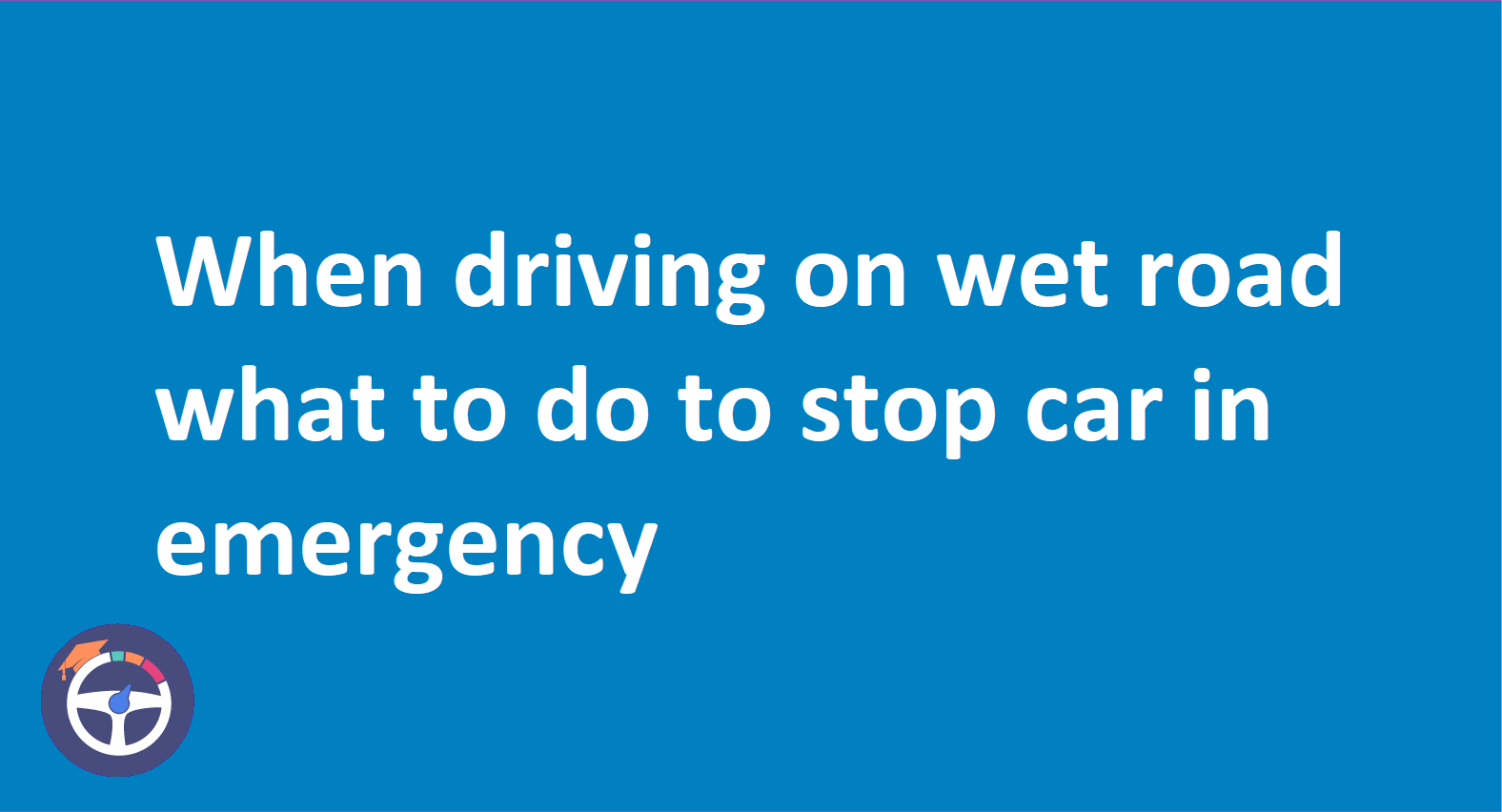You See A Pedestrian Carrying A White Stick With A Red Band. What Does This Mean?
When a person is both deaf and blind, they might carry a white stick with a red reflective band. They may not be aware of your presence and unable to hear any sounds, meaning that using your horn as a warning would not be effective

Contents
- You See A Pedestrian Carrying A White Stick With A Red Band. What Does This Mean?
- Recognizing the Significance
- Value of the White Stick
- Role of the Red Band
- Getting Around the Situation
- Communication Challenges
- Providing Support
- That’s A Wrap!
Seeing pedestrians with unique accessories could be confusing. But it is important to know their significance. And ensure safety for individuals with disabilities.
Recognizing the Significance
A pedestrian who is living with both deafness and blindness is identified by carrying a white stick with red band around it. This type of white cane red band is sometimes referred to as a long cane. It helps people with dual sensory impairments safely navigate their environment.
Value of the White Stick
A commonly recognized symbol of blindness or visual impairment is the white stick. It is typically made of lightweight materials. These materials include aluminum or fiberglass. People can more easily identify those who have visual challenges. And provide assistance if needed because of the colors contrast with the surroundings.
Role of the Red Band
The red band added to the white stick makes it easier for blind and deaf pedestrians to identify one another. The red band serves as a warning to others about the person's particular set of disabilities. So, extra care and accommodations should be required
Getting Around the Situation
The long cane serves as a tool for deaf-blind people to gather tactile information about their environment. Also it aids with mobility! People can easily orient themselves. And recognize potential hazards or obstacles in their path by sweeping the cane from side to side! And detecting changes in texture or elevation!
Communication Challenges
Major communication challenges arise when one is blind and deaf at the same time. To communicate with others people who have white stick red band and are deaf-blind may use tactile communication boards, tactile fingerspelling, or tactile sign language. When interacting with individuals who are deaf-blind bystanders must exercise three important things. This includes patience, attention, and responsiveness.
Providing Support
It’s crucial to approach a pedestrian with courtesy if you see a pedestrian with a red-and-white stick. And offer assistance if required. You can ask them if they need help navigating their surroundings. You can gently extend your arm to guide them. Keep in mind to be patient and clear in your communication while honoring the person's choices and sense of autonomy.
That’s A Wrap!
If you see a pedestrian with a red-banded white stick it means that person is blind and deaf. To navigate the environment safely and independently this specialized cane is an essential tool. Through an appreciation of these symbols meaning and providing assistance with dignity and compassion, we can encourage inclusivity and assist those in our communities who have dual sensory impairments.


